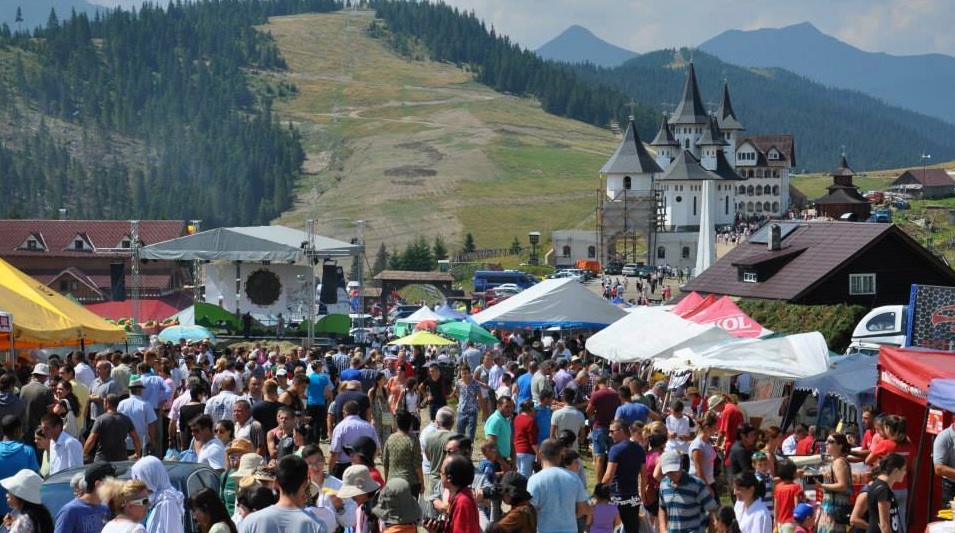Romania is a country where ancient customs and traditions are omnipresent, seen in its people, places, and events. The most beautiful way to discover a country is to look beyond its popular tourist destinations and main attractions. Today, we invite you to experience rural, authentic, and unique Romania through some of its most beautiful traditional festivals.
1. Junii Brașovului
Each year, on the first Sunday after Easter, groups of horseback riders parade through the streets of Brașov, heralding the rebirth of nature. This tradition has ancient roots, with the first recorded mention dating back to around 1728. The Junii are considered the first settlers of Brașov, established in the 14th century in what is now the Șchei district. On this day, you’ll see riders dressed in traditional costumes, carrying flags in their hands. The Junii are divided into seven groups: the young ones (Junii Tineri), the elders (Junii Bătrâni), the roosters (Junii Curcani), the guardsmen (Junii Dorobanți), the Brașoveșchenii, the cavalrymen (Junii Roșiorii), and the albiorii. Each group wears different attire but shares the same contagious pride and joy, a sentiment born from their love of tradition.

2. Girls’ Fair on Mount Găina
This is the oldest and most famous traditional event in Romania. The festival is held in the Apuseni Mountains, in the village of Avram Iancu, on the Sunday closest to the Feast of Saint Elijah, celebrated on July 20. In the past, unmarried girls attended the fair to find their soulmate, which often happened. If they found a match, the marriage would take place that same day on Mount Găina. Today, the festival provides locals and tourists with the opportunity to enjoy various folk programs, exhibitions, and outdoor concerts. Visitors can also savor delicious traditional dishes specific to the region.

3. The Descent of the Sheep
This is a gastronomic festival held at the end of September in Bran, Brașov County, celebrating the moment when shepherds bring their sheep down from the mountains. Festival participants have the chance to taste authentic cheeses and local dishes specific to the area. Among the most popular dishes are bulz (a type of polenta with cheese) and mutton pastrami. The festival also attracts traditional craftsmen eager to showcase their painstakingly crafted works. You’ll find masters in ceramics, weaving, and wood carving displaying their skills.

4. Haferland Week
This is the largest Saxon festival in Transylvania, held at the end of July. The event generally takes place in several villages that are part of the “Haferland” or “Oat Country” region, as this Saxon area of Transylvania is known. The villages included in this region are Archita, Viscri, Homorod, Saschiz, Rupea, Criț, Bunești, Roadeș, Meșendorf, and Cloașterf. Throughout this week, visitors can enjoy traditional dances, services in the beautiful fortified churches of these villages, and many other activities that invite you to fully experience “Haferland Week.”
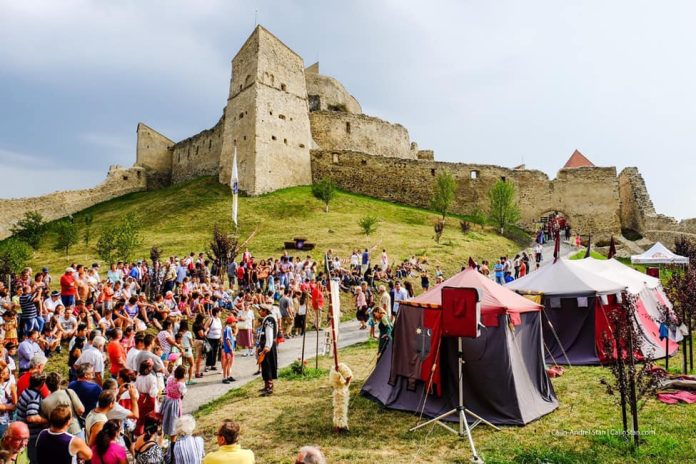
5. The Long Road to the Merry Cemetery
In mid-August, something truly beautiful takes place in Maramureș County. In all 63 villages of Maramureș, events are organized to showcase the traditional values and unique aspects of rural life. The purpose of this event is to build a connection between rural and urban communities, bringing young people and tourists closer to the best that rural Romania has to offer. During this time, you can participate in a traditional village gathering, watch artisans at work in their authentic settings, or attend church where locals are dressed in traditional attire. These are just a few examples of activities that let you feel the heartbeat of rural Maramureș.
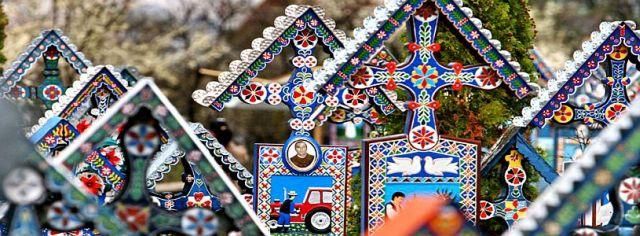
6. The Celebration of the Sheepfold
This pastoral celebration takes place in the village of Ciocănești in Suceava County. Held in early September, the event showcases various folkloric and pastoral customs: identifying sheep by specific marks, milking the sheep, and the shepherds’ round dance (hora ciobanilor). Here, you can also enjoy organic products, attend folk dance and music performances, and admire exhibitions by traditional artisans from Bucovina.
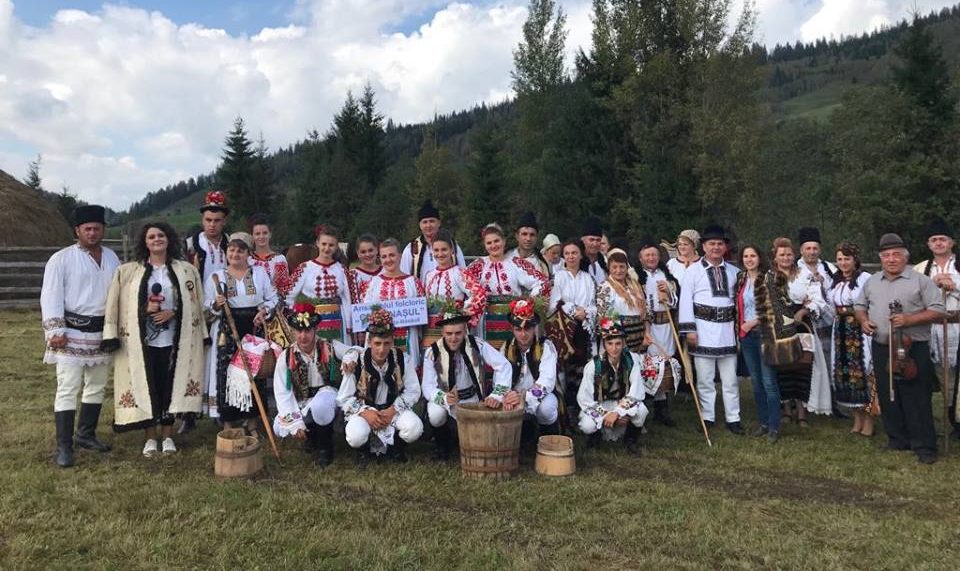
7. The Painted Eggs Festival
This event also takes place in the village of Ciocănești, where, over two days, you have the opportunity to watch the process of egg painting. In Bucovina, this activity is considered an art form through which locals express their dedication to traditional values. During the festival, competitions are held where the best egg decorators compete, allowing you to witness the creation of the most beautiful and authentic designs. Additionally, you will hear melodies played on traditional instruments such as the bucium (horn), cobza (lute), fluieraș (flute), and trâmbița (long horn). This event offers a glimpse into the simplicity and beauty of Bucovina.
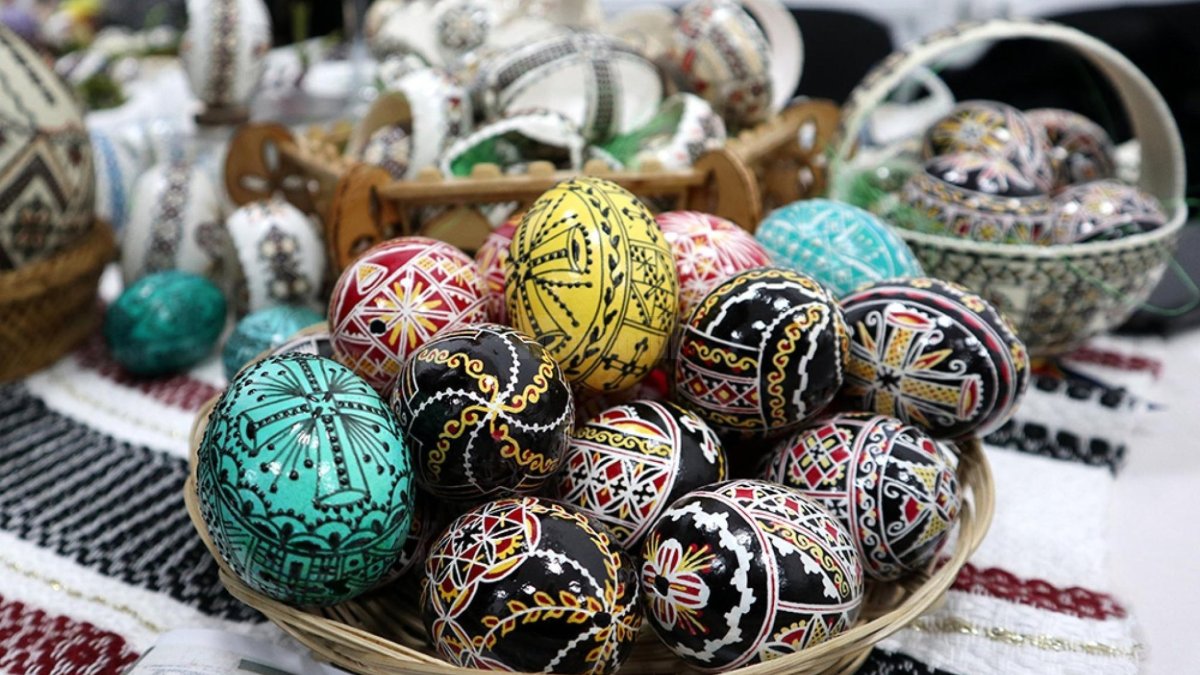
8. Up on the Mountain in Jina
This is an annual folk festival held in the village of Jina, usually at the end of July or the beginning of August, depending on the year. Attending this event, you’ll get to know the traditions, songs, and dances that the residents of this commune have practiced since ancient times. The event takes place on the “Platoul Jinarilor” (Jinar Plateau) and serves as a gathering place where various artists passionate about traditions come together to showcase to the public the beautiful heritage passed down from their ancestors.

9. Învârtita Dorului (The Dance of Longing)
For over half a century, Vâlcea County has hosted a major event dedicated to pastoral traditions. Specifically, this festival takes place in the village of Vaideeni at the beginning of March. For two days, folk groups from all over Romania delight the audience with their unique performances and traditional costumes. If you want to witness one of the most authentic representations of Romanian folklore, this is an event not to be missed.

10. Hora de la Prislop
“Hora de la Prislop” is a gathering where various folk artisans, folklore enthusiasts, and people eager to preserve traditions come together. This festival takes place over the course of a single day at the end of August in the Prislop Pass. The day begins with a religious ceremony, followed by a parade of traditional costumes. Later, the festivities continue with a traditional feast, and people dance to the rhythms of folk music.
